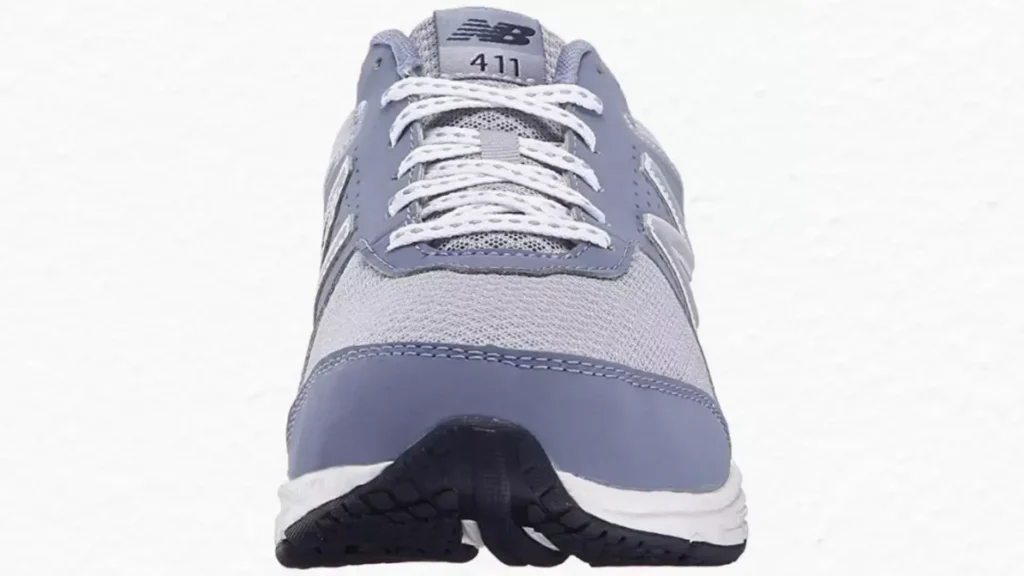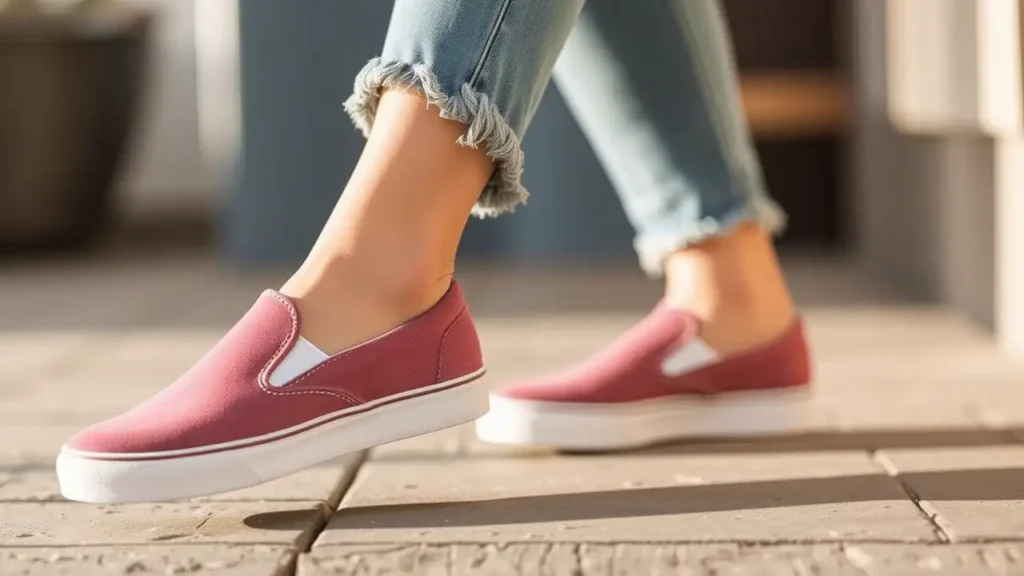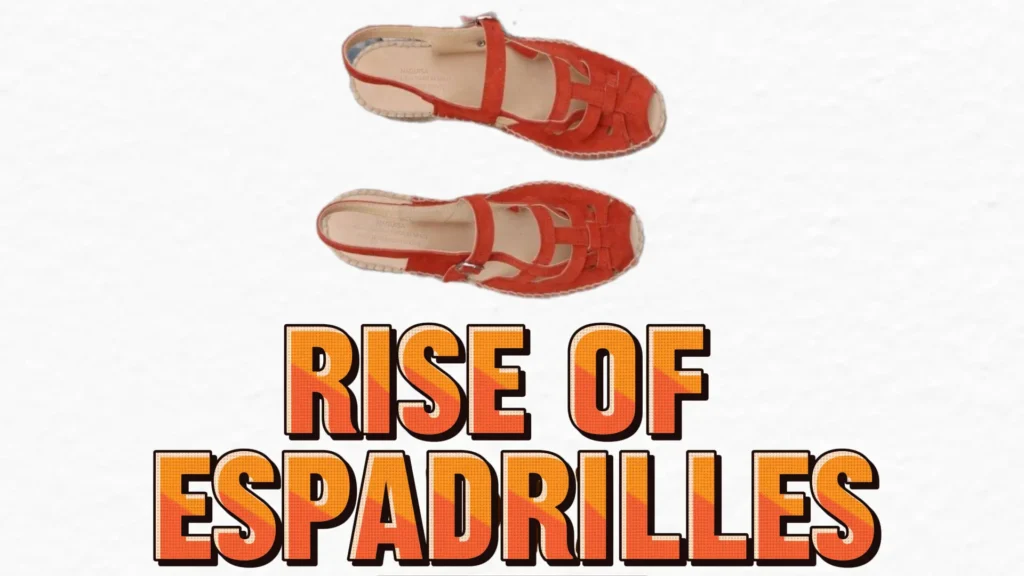Flat feet are more than just a cosmetic concern—they can lead to discomfort, pain, and even long-term joint issues.
If you’re among the 20–30% of people with flat feet, choosing the right shoes isn’t just a matter of style; it’s essential for your health. Wearing the wrong footwear can exacerbate problems like overpronation, plantar fasciitis, and knee pain.
But here’s the good news: With the right orthopedic shoes, you can alleviate these issues and walk with comfort and confidence. This guide will walk you through understanding flat feet, the importance of proper footwear, and how to select the best shoes to support your unique needs.
Understanding Flat Feet
Flat feet, medically called pes planus, happen when the arches of the feet are lower than normal or completely collapsed. This causes the entire sole to touch the ground when standing. Flat feet can be present from birth, which is known as congenital flat feet, or they can develop over time due to changes in the foot structure.
Factors such as aging, injury, obesity, or certain medical conditions can weaken the arches and lead to flat feet.
People with flat feet may experience different levels of discomfort. Some feel no pain at all, while others may have aching feet, tenderness, or stiffness.
Flat feet can also affect other parts of the body, causing strain in the ankles, knees, hips, or lower back. Without proper support, daily activities like walking, standing, or exercising may become uncomfortable or even painful.
Flat feet can also influence your balance and gait. Since the arch helps to absorb shock and distribute weight, its absence means the body may compensate in ways that put extra stress on muscles and joints. This imbalance can increase the risk of injury during physical activity or prolonged standing.
Why Flat Feet Require Special Attention
Flat feet often lead to overpronation. This happens when the foot rolls inward too much during walking or running. Overpronation can cause uneven pressure on the feet and legs, which may lead to pain in the ankles, knees, or lower back.
If left unmanaged, flat feet can contribute to conditions such as plantar fasciitis, shin splints, bunions, or Achilles tendonitis. These problems develop because the foot is not properly aligned, forcing muscles and ligaments to overwork to compensate for the lack of arch support.
Proper footwear plays a crucial role in managing flat feet. Orthopedic shoes with arch support, stability features, and cushioning help maintain alignment.
They reduce strain on muscles and joints and can prevent further injury. Choosing the right shoes allows people with flat feet to stay active and comfortable without causing long-term damage.
What Makes Orthopedic Shoes Different
Orthopedic shoes are built to support the natural shape of your feet and improve overall comfort. Unlike regular shoes, they are specifically designed to address foot conditions such as flat feet, overpronation, plantar fasciitis, or bunions.
These shoes do more than just cover your feet—they provide structure, protection, and alignment that your feet need to function properly.
Key Features and Benefits
- Arch Support: Orthopedic shoes provide firm and structured arch support. This helps distribute body weight evenly across the foot. For people with flat feet, this reduces strain on muscles, ligaments, and joints in the feet, ankles, knees, and lower back. Proper arch support can also improve balance and walking efficiency.
- Cushioning: The midsoles and footbeds in orthopedic shoes are designed to absorb shock with every step. This minimizes impact on the joints, protecting the feet, ankles, knees, and hips from stress. Cushioned shoes make walking, running, or standing for long periods far more comfortable.
- Stability: Stability is essential for flat feet, which are prone to rolling inward during movement (overpronation). Orthopedic shoes feature reinforced heels, structured soles, and motion-control technologies. These help keep the foot in proper alignment and prevent excessive rolling, which reduces the risk of injuries.
- Pain Relief: Orthopedic shoes can alleviate foot pain caused by flat feet or related conditions such as plantar fasciitis, bunions, or tendonitis. By supporting the arches and reducing strain, these shoes allow people to stay active without discomfort. Over time, this can improve posture, reduce pain in the legs and back, and increase overall mobility.
Choosing orthopedic shoes is more than a comfort decision—it is an investment in long-term foot health. Individuals with flat feet can notice immediate relief in foot pressure, better balance while walking, and reduced pain in joints and muscles. Over time, proper footwear can prevent further foot problems and improve quality of life.
How to Choose the Right Orthopedic Shoes
Choosing the right orthopedic shoes is essential for managing flat feet. The correct shoes provide support, comfort, and protection that your feet need for daily activities. Here are key factors to consider when selecting the best pair:
Look for Proper Arch Support: Shoes with built-in arch support replace the natural arch that flat feet lack. This helps reduce strain on the foot muscles and ligaments. Contoured footbeds and motion-control technology are particularly effective, as they guide the foot into proper alignment during walking or running.
Proper arch support also improves posture and decreases the risk of joint pain in the ankles, knees, and lower back.
Ensure a Deep Heel Cup: A deep heel cup cradles your heel and provides stability to the entire foot. It keeps your foot in the correct position and reduces inward rolling, which is common in flat feet.
By maintaining alignment, a deep heel cup prevents overpronation and lowers the chance of developing injuries in the feet, ankles, and knees.
Opt for a Cushioned Midsole: Cushioned midsoles absorb the shock from each step, protecting your feet and joints from stress. This feature is important for daily activities such as walking, running, or standing for long periods.
Soft yet supportive cushioning reduces discomfort, prevents fatigue, and allows your feet to recover faster after physical activity.
Choose a Wide Toe Box: A wide toe box gives your toes space to spread naturally. This reduces cramping, rubbing, and the risk of bunions or calluses.
Flat feet can cause the toes to splay, so a roomy toe box ensures comfort and better balance while moving. Shoes with narrow toe boxes can worsen foot problems and cause unnecessary pain.
Prioritize a Proper Fit: Fit is one of the most important factors when selecting orthopedic shoes. Shoes should be snug but not tight, allowing your foot to move comfortably without slipping.
Proper fit maintains alignment, reduces friction, and prevents blisters or discomfort. Trying shoes on later in the day, when feet are slightly swollen, can help ensure a more accurate fit.
Recommended Orthopedic Shoe Brands
Several brands specialize in footwear designed to support individuals with flat feet. These brands combine comfort, stability, and style, making it easier to stay active without pain. Here’s a closer look at some of the top options:
Orthofeet
Orthofeet is highly regarded for its orthopedic shoes that address foot pain and flat feet. Their shoes feature anatomical arch support to maintain natural foot alignment and reduce strain. They also offer cushioning to absorb shock and minimize pressure on joints.
With multiple width options and removable insoles, Orthofeet shoes provide a customizable fit. Many models include soft, stretchable uppers that reduce friction and prevent blisters.
Brooks
Brooks specializes in running shoes that combine arch support and cushioning. Models such as the Brooks Adrenaline GTS provide structured support to prevent overpronation, which is common in flat feet.
The shoes also include a segmented crash pad in the sole for smooth heel-to-toe transitions. Brooks shoes are durable, lightweight, and suitable for walking, running, or daily use.
Asics
Asics offers a wide selection of running and walking shoes with gel cushioning and structured support. These shoes stabilize the foot, reducing stress on the arches and helping with overpronation. Asics models are known for their durability, breathability, and comfort during extended wear. People with flat feet benefit from the brand’s motion-control technology and supportive midsoles.
New Balance
New Balance provides shoes with excellent motion control, stability features, and wide sizing options. Their shoes are particularly helpful for flat-footed individuals who need extra support during high-impact activities.
Many New Balance models include cushioned midsoles and reinforced heel counters for better alignment and reduced strain on the feet and legs. These shoes are suitable for running, walking, and long hours of standing.
Saucony
Saucony combines stability and cushioning in its running shoes, making them a reliable option for flat feet. Their supportive midsoles and structured heel designs reduce overpronation and maintain proper foot alignment.
Saucony shoes also provide flexible soles that allow natural foot movement without sacrificing support. The combination of shock absorption and stability makes them ideal for active individuals who experience foot fatigue.
Selecting the right orthopedic shoes is a crucial step in managing flat feet and ensuring overall foot health. By focusing on features like arch support, cushioning, and proper fit, individuals can alleviate discomfort and enhance mobility. Remember, investing in quality footwear is investing in your well-being.
If you have flat feet, don’t wait for pain to become a problem. Explore orthopedic shoe options today and take the first step towards a more comfortable and active lifestyle.




